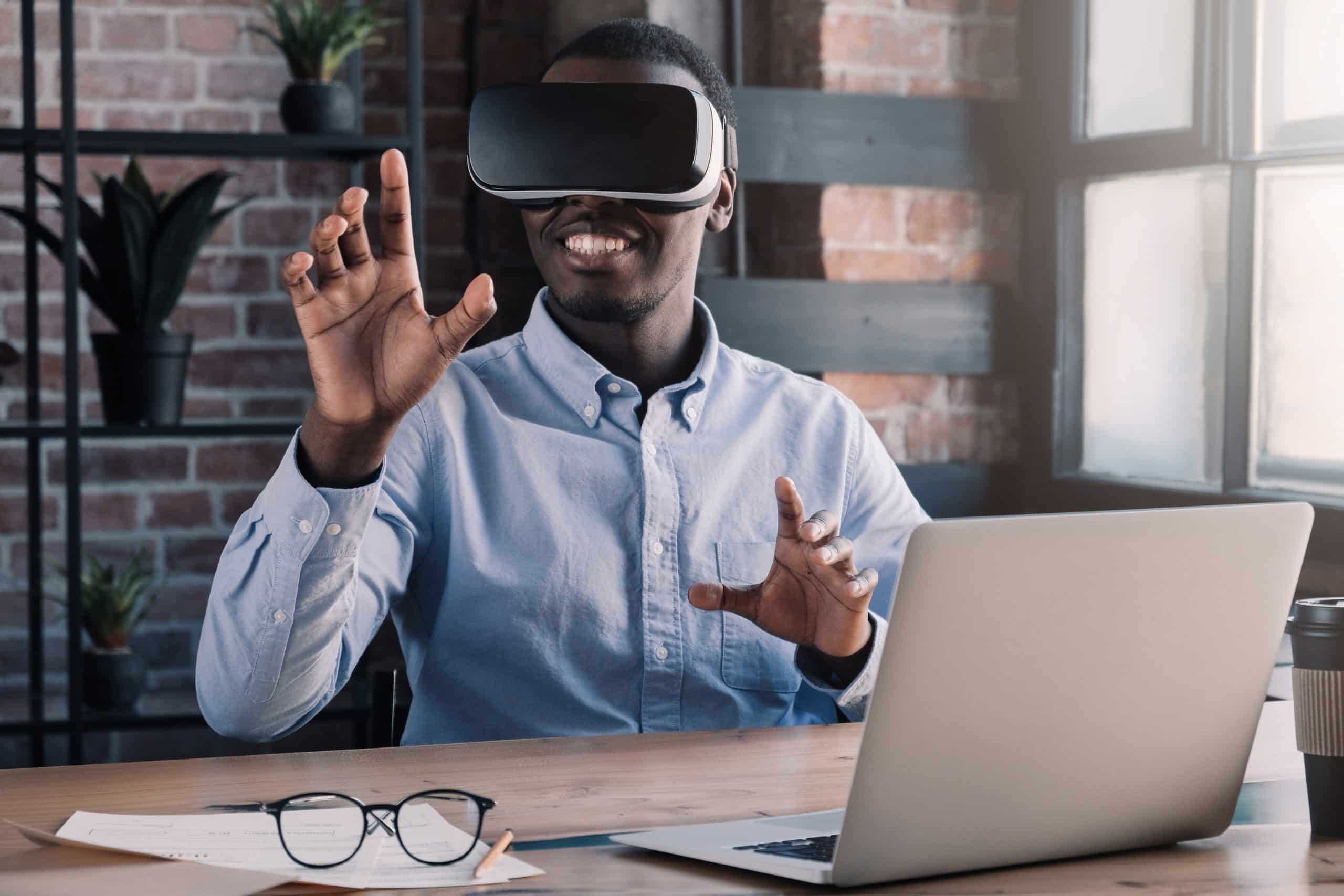The advent of Augmented Reality (AR) has revolutionized numerous industries, and real estate is no exception. As you grapple with the need to stay competitive in a rapidly evolving digital landscape, this technology offers an exciting opportunity to enhance the property buying experience for your clients. This article delves into this avant-garde technology and explores how you can harness its potential to facilitate efficient and immersive real estate showings.
The Potential of Augmented Reality in the Real Estate Market
In the realm of real estate, time is a significant factor. Both buyers and agents want to streamline the process of finding a suitable property. This is where Augmented Reality steps in. This innovative technology allows potential buyers to virtually visit properties, thus saving the time spent on physical showings.
This might interest you : How to Design a Real Estate Project with a Focus on Mental Health and Wellness?
Augmented Reality can help agents provide a more comprehensive and immersive experience to buyers without them having to step out of their homes. This technology superimposes computer-generated images onto a user’s view of the real world, thus enhancing their perception of reality. It allows buyers to walk through a property and experience it in a way that static photos or 360-degree views can’t capture.
For agents, AR can be a game-changer as it eliminates the geographical constraints. With this technology, even out-of-town clients can explore properties, making it easier for agents to reach a broader clientele.
Also read : What Are the Prospects of Green Bonds Financing for Sustainable Real Estate Projects in the UK?
The Intersection of AR and Real Estate: Immersive Property Tours
The mainstay of augmented reality in real estate is the provision of immersive property tours. Virtual property tours are not new. However, augmented reality takes this experience to a higher level. An immersive AR tour enables users to interact with their environment in real-time, providing a tangible sense of the space and layout.
To create an AR tour, agents need to use a specialized app. Once the real property has been scanned, the app generates an interactive 3D model. Users can then access this model using a smartphone or a tablet. They can virtually walk through the property, explore every room, and even change aspects of the décor, like the wall color or furniture.
This gives potential buyers a more realistic and personalized view of the property. As a result, they can make informed decisions based on their virtual experience.
Augmented Reality for Client Engagement and Conversion
In an industry where client engagement is crucial, augmented reality can give real estate agents a competitive edge. The interactive and immersive nature of AR engages users in a unique way. It offers a first-hand experience of the property, leaving a lasting impression.
Moreover, it allows agents to showcase properties in their best light, highlighting key features and selling points. This can be a powerful tool for engaging potential buyers and enticing them to take the next step. So, the use of AR can significantly boost conversion rates.
However, keep in mind that the effectiveness of AR largely depends on the quality of the app used. Therefore, it’s crucial to invest in a robust and user-friendly augmented reality app.
The Role of AR in Facilitating Real Estate Transactions
Augmented reality can make the process of buying and selling properties more efficient. By allowing users to virtually visit and interact with properties, AR can help expedite the decision-making process. Potential buyers can quickly shortlist properties that meet their preferences, reducing the time spent on unnecessary physical visits.
On the other hand, for agents, AR can help streamline the process of showcasing properties. Instead of arranging multiple physical showings, agents can share AR tours with multiple clients simultaneously. This not only saves time but also reduces the logistical challenges associated with physical showings.
In conclusion, augmented reality is ushering in a new era in the real estate industry. By bridging the gap between virtual and physical reality, AR is reshaping the property buying experience. Embracing this technology can help you stay ahead of the curve, engage your clients in a novel way, and expedite real estate transactions.
The Impact of Augmented Reality on Real Estate Marketing
As we delve deeper into the digital age, marketing techniques in various industries, including real estate, are also evolving. In a market that is as competitive as real estate, it is crucial to leverage cutting-edge technology to gain an edge over competitors. One such technology is augmented reality. This high-tech tool has the potential to radically change traditional marketing methods in the industry.
Augmented reality technology has the power to transform 2D images into interactive 3D models, providing a more realistic view of properties. This feature can significantly enhance real estate marketing strategies by offering potential buyers immersive virtual tours. It’s an opportunity for estate agents to showcase properties in a unique, engaging, and highly effective way.
The use of augmented reality in the marketing of real estate is not limited to residential properties. Commercial real estate can also benefit from this technology. Using AR, commercial realtors can offer virtual property tours, allowing potential clients to experience the space without physically being there, which can be particularly useful for out-of-town clients.
Creating these virtual tours involves app development. A robust mobile app that can handle high-quality 3D models and provide a smooth user experience is essential. Therefore, real estate professionals keen on embracing AR should invest in high-quality mobile app development.
Harnessing Augmented Reality for Virtual Staging in Real Estate
In addition to virtual tours, augmented reality can also be used effectively for virtual staging. Virtual staging is a process where furniture, decor, and other design elements are added virtually to property images. This gives potential buyers a more realistic idea of what a space might look like once it’s furnished.
Augmented reality takes virtual staging to a new level. It allows users to change decor elements, move furniture around, or even visualize different wall colors in real time. This ability to customize a property’s interior design according to personal taste can be quite appealing to potential buyers.
In the past, staging a property meant physically bringing in furniture and decor. This process was often time-consuming and expensive. Virtual staging using augmented reality, on the other hand, makes the process more cost-effective and efficient.
Estate agents can use this technology to virtually stage vacant properties, giving potential buyers an idea of the property’s potential. Estate professionals can also use AR to remodel and stage occupied properties, allowing buyers to visualize the property with different furnishings or styles.
Conclusion
In a nutshell, augmented reality is revolutionizing the real estate business. It is not just a trendy tech tool but a valuable asset that can enhance the real estate experience for both agents and clients. From immersive virtual property tours to interactive staging, AR is changing the way properties are marketed and viewed.
By embracing augmented reality technology, real estate professionals can engage their clients in a novel way, making property tours more immersive and interactive. The technology also allows users to customize their property viewing experience, which can lead to more informed decisions and, ultimately, higher conversion rates.
Investing in AR technology, including app development for mobile apps, can prove to be a game-changer for the real estate industry. It is an investment that is bound to yield significant returns in terms of client satisfaction, engagement, and conversions.
As the real estate industry continues to evolve, leveraging augmented technology is not just an option—it’s becoming a necessity. By staying ahead of the curve, estate agents and professionals can ensure they remain competitive in this fast-paced and ever-changing industry.











